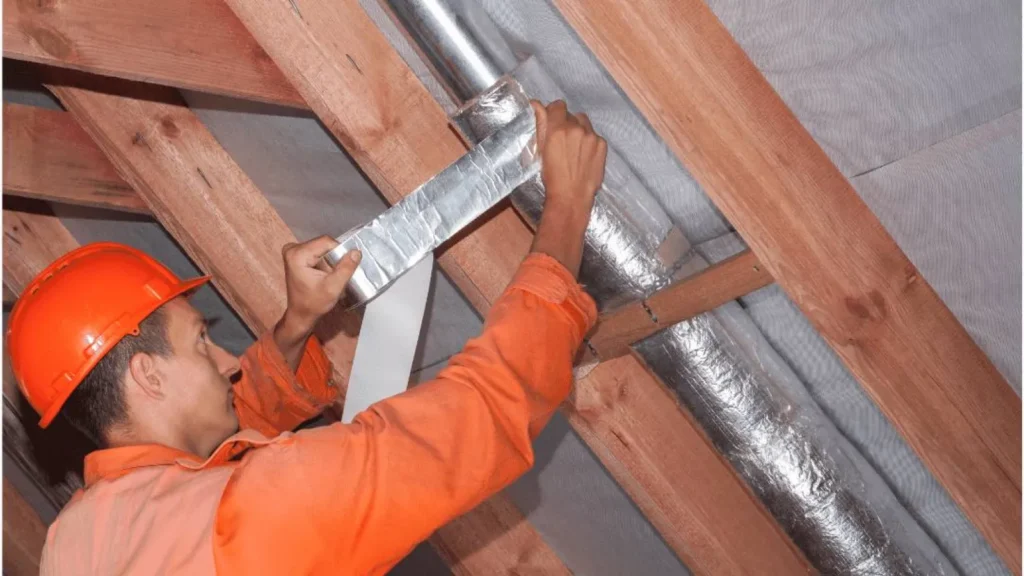Boost Services Heating and Cooling Pasadena
air distribution system design
Air Distribution System Design Overview
Air Distribution System Design: Owners of such houses sometimes experience difficulties because it is complex and expensive to add central air conditioning or heating and ducts. Traditional systems need a lot of immigration, which may imply tearing down segments of the walls, floor or ceiling, check the terms or using box chases which negatively impacts the look. The following is an elaboration of the problems solved by mini-duct systems, which involve slim high-velocity ducts that are integrated through spaces such as walls, doors and floors.
These systems work silently and are designed to have even better energy efficiency, dehumidification, and air circulation than normal HVAC systems. As highlighted on the “Minimizing Energy Losses in Ducts“ page, the small ducts provide air at 440-1200 CFM, thus ensuring the set standard of comfort for the residents of the building.
Air Distribution System Design Features
High velocity systems consist of specific fan coil and air handling units creating high pressure air velocity through the flexible insulated duct of 2 inches. The system can be used for cooling as well as heating with the help of standard condensing units, water coils or electric heating units. The range of cooling capacity varies from 18000 to 60000 BTUH and heating – up to 143000 BTUH.

Advantages
Enhanced Dehumidification:
These systems achieve high Indoor Air Quality and Cool Dry Comfort by moisture removal of 30 percent more during the cooling strategy.
Minimal Remodeling:
Versatility:
Additional Information
Certification:
Warranty:
These warranties are usually for a period of one year although this varies from one manufacturer to another.
Final Thoughts
Mini-duct systems are helpful, ease of the eye and optimal for houses where conventional HVAC installation makes sense. They integrate features such as efficiency, flexibility and better indoor climate control which make them a viable product to homeowners for current air distribution systems

